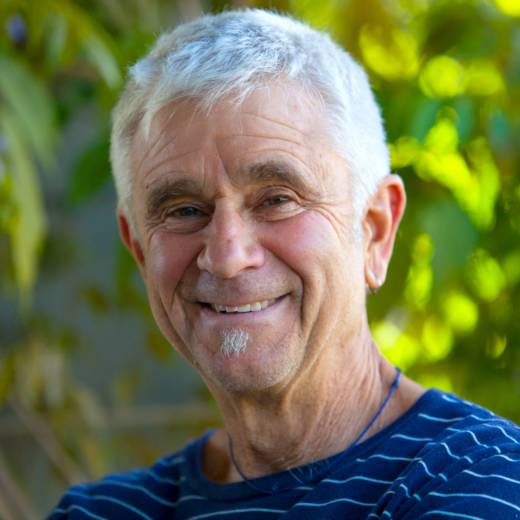He’s been there 27 times, but Michael Ellis never tires of the wonders of the Galapagos.
I just returned from the Galapagos Islands. Straddling the equator 600 miles off the coast of Ecuador, everyone interested in the wild things of our planet should get to these remarkable islands. Darwin was certainly stimulated by his five-week stay. I’ve been 27 times and I remain astonished by the place.
We Bay Area folks have several reasons to feel right at home in the Galapagos. The cool ocean temperatures, surprising for tropical waters, often create a fog layer reminiscent of our own coastal zone. The same brown pelicans wheel through the sky, yellow warblers sing from the littoral scrub and great blue herons hunt in the tide pools. A very close relative of our California sea lion is the dominant mammal. The ubiquitous barking and playful behavior of these frisky pinnipeds is evocative of home. But a Pier 39 it is definitely not. While humans have been living in the Galapagos for over 200 years, there is very little fresh water available, much less shopping.
Like our own Farallons, there were or are initially no terrestrial predators on the Galapagos, so both were or are a haven for breeding seabirds. White-vented storm petrels, waved albatrosses, swallow-tailed gulls and frigate birds thrive there. And here on the Farallons are common murres, western gulls, tufted puffins and ashy storm petrels.
But one of the most notable connections is with the California Academy of Science. In 1905, scientists from San Francisco visited the Galapagos and during their 17 month stay collected 70,000 specimens. They assembled the largest collection ever of Galapagos plants and animals. The 1906 earthquake destroyed the original Academy building on Market Street and we lost nearly all the biological specimens. But the material that arrived later from the Galapagos formed the core of the restoration effort. And finally, the largest town in the Galapagos is at a port named Academy Bay. The 89-foot schooner, Academy, from California anchored there and that bay was named for our local institution.
